Equipment
Understanding How Lie Angle Affects Your Golf Swing
For most golfers, it’s not particularly important to understand the little details involved with golf equipment. Sure, it’s good to know the basics of things like loft and shaft flex, but you probably don’t need to go too far beyond that in order to be a successful player.
However, one other piece of the equipment puzzle that might be worth understanding is lie angle. Once you know what lie angle is and how it can affect your game, you may be able to make small adjustments to your equipment that will help your performance.
What is Lie Angle?
The lie angle of a golf club is the angle that is formed between the club shaft and the ground when the club is soled properly at address.
It’s easiest to think about this concept if you imagine that you are standing behind a golfer on an extension of the target line, watching that player make a swing. At address, the shaft is going to be coming up away from the ground and toward the hands of the player. If you were to compare the position of the shaft with the ground, the angle between those two planes would be the lie angle of the club.
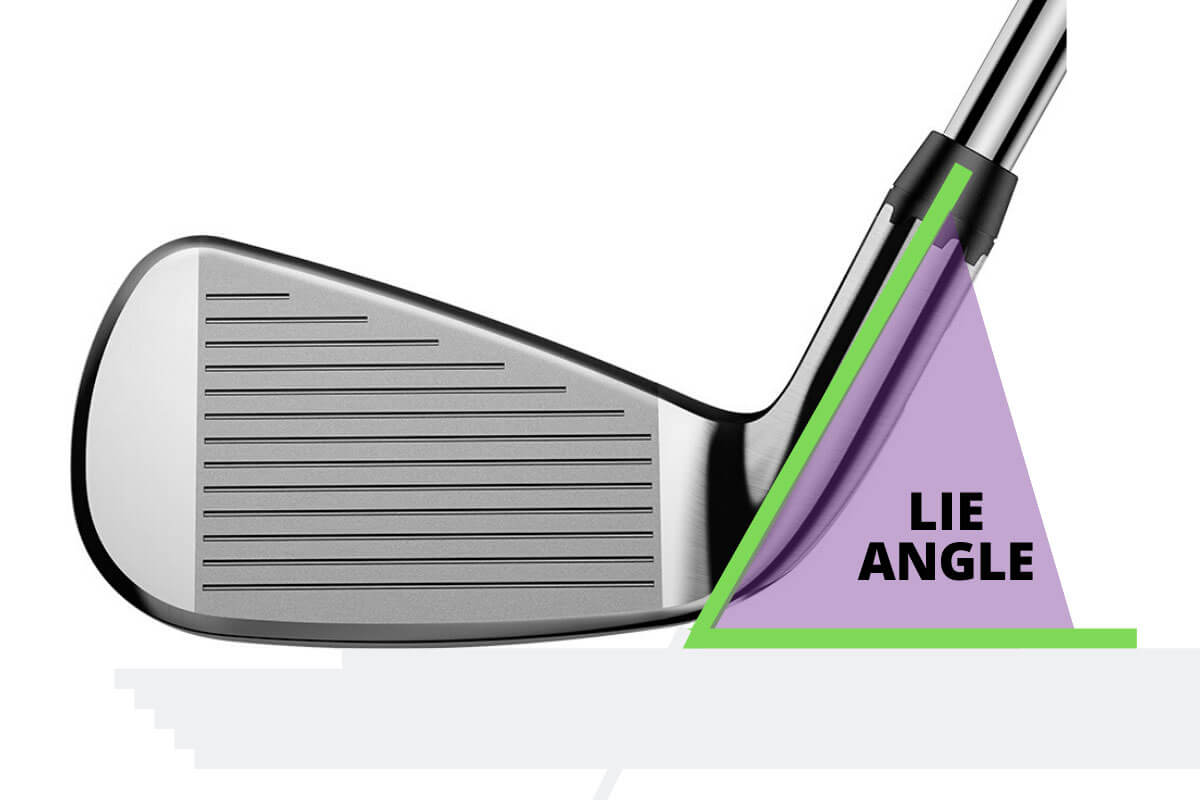
Long clubs have flatter lie angles than shorter clubs, so the angle formed with a driver is going to be lower than with a pitching wedge, for instance.
The exact lie angle of your clubs is going to depend on the make and model you use, but woods are usually in the 50s in terms of degrees, while short irons are in the 60s.
Why is Lie Angle Actually Important?
In a word, yes. Lie angle matters because it impacts the direction that the clubface is pointing at the moment of impact. If your lie angles are way off, it’s going to be hard to hit the ball accurately. And, if you do manage to hit the ball accurately, you’ll need to make some adjustments or compensations to make it happen.
There are two directions in which your lie angle can be off – your clubs can be too upright or too flat. Too upright would mean that the lie angle is too steep for your personal needs, while too flat would mean the lie angle is too shallow. Let’s walk through an example with a pitching wedge to make this point a little clearer. In our example, the golfer in question is right-handed.
- A common lie angle for a pitching wedge is 64*. If that happens to be a good fit for your game and your swing, you’ll be in good shape. However, for many players, that is going to be either too upright or too flat.
- It that’s too upright for you, the toe of the club is going to be up in the air at impact, while the heel digs into the turf. This is a problem because the clubface will be effectively shut at impact, and the ball will likely go left. Even if you make a good swing, the result may not be what you want because of the lie angle.
- On the other hand, if that 64* angle is too flat, the heel will be off the ground at impact and the toe will dig in. This is going to typically lead to misses to the right of the target.
The right lie angle for you is going to depend on a number of factors. First, it is often the case that tall players need more upright clubs, while shorter golfers need their clubs built a bit flatter. That’s not a hard and fast rule, but it’s a good place to start. Also, the dynamics of your swing will play a role here, as some golfers swing on a flatter plane than others.

via ThePowerFade.com
Spotting a Problem with Your Lie Angle
If you have been playing with your current set of clubs for a while, you have probably gotten used to how they feel and how they play. That’s great, but it might cause you to overlook problems that could be holding you back.
If you think that your lie angle might be an issue, take a close look at your divot pattern. Is the start of your divot ‘clean’, with the line in the turf being cut perpendicular to the target line? Or does it look like either the toe or heel is going into the grass first?
If your divots aren’t nice and square in the back, there is a good chance you need a lie angle adjustment.
Getting Professional Help
Ultimately, if you are going to do anything about the lie angles of your clubs, you are going to want the help of a professional. Many golf courses and driving range facilities have at least one club fitter on staff who can help evaluate your equipment and recommend adjustments. The fitting pro will usually have you hit a number of shots while observing with the help of a launch monitor.
If it turns out that your lie angles need to be changed, it may be possible to have your current irons bent into the right position. That doesn’t work with drivers, but many of the modern drivers on the market today can be adjusted by changing the position of the shaft in the hosel.
Be sure to ask questions if you work with a fitting pro to understand the process and determine the best course of action to adjust your clubs to the right position. If you do make these changes, expect to go through a transition period before you get comfortable with how these new lie angles feel and perform.
Even if you aren’t particularly interested in everything that goes into building or fitting a golf club, it’s worth your time to grasp the concept of lie angle. It’s really pretty simple, and it will be a benefit to your game if you can make adjustments to dial in your clubs just right.
-
Equipment6 days ago
Bryson DeChambeau is Using Custom 3D Printed Irons at The Masters
-
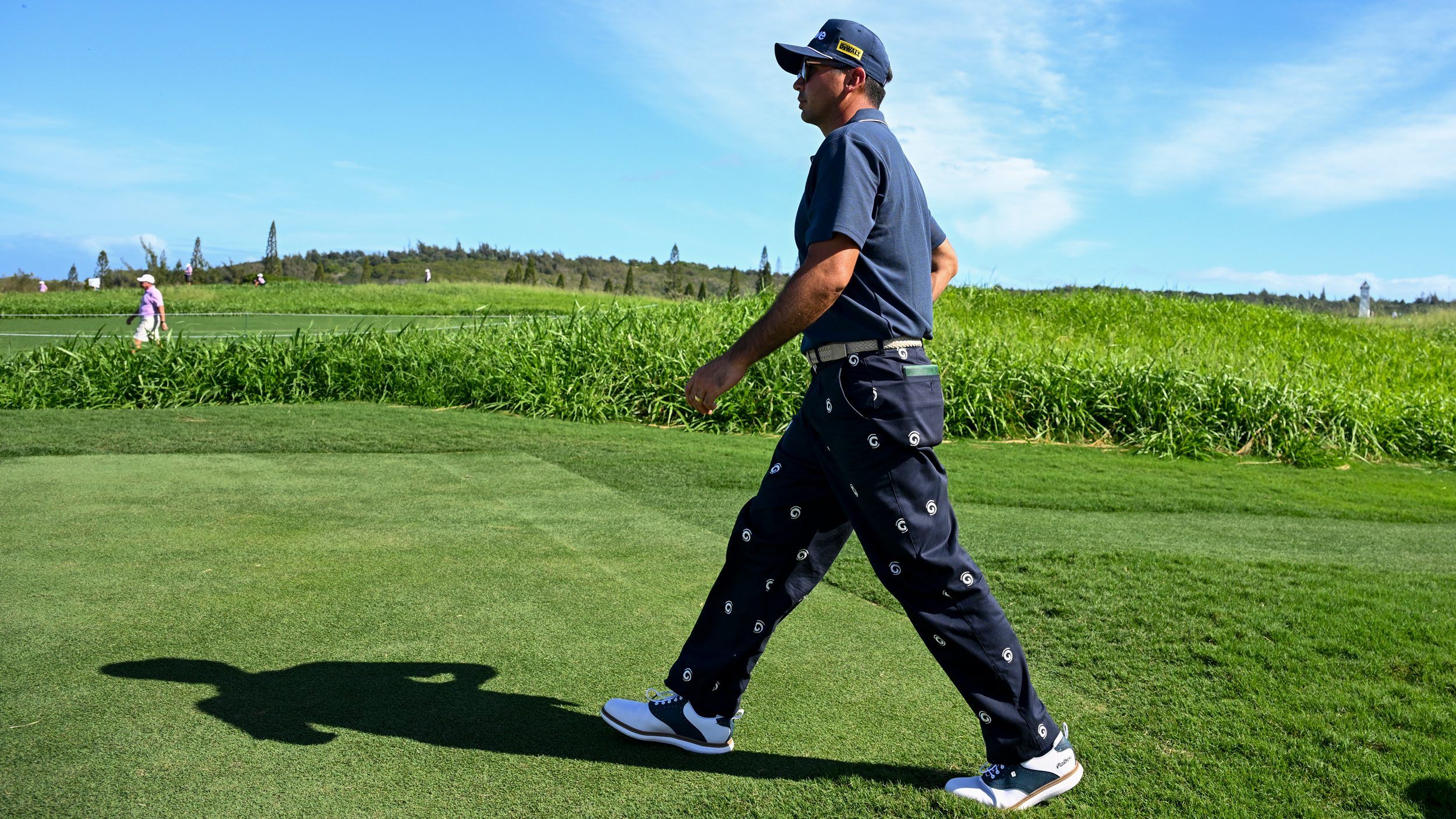
 News1 week ago
News1 week agoMalbon Has Jason Day Looking DAPPER for The Masters
-

 Fantasy Golf Predictions4 days ago
Fantasy Golf Predictions4 days agoFantasy Golf Picks, Odds, and Predictions – 2024 RBC Heritage
-
News7 days ago
U.S. Open Champ Takes a Dig at DeChambeau, but Is It Warranted?
-
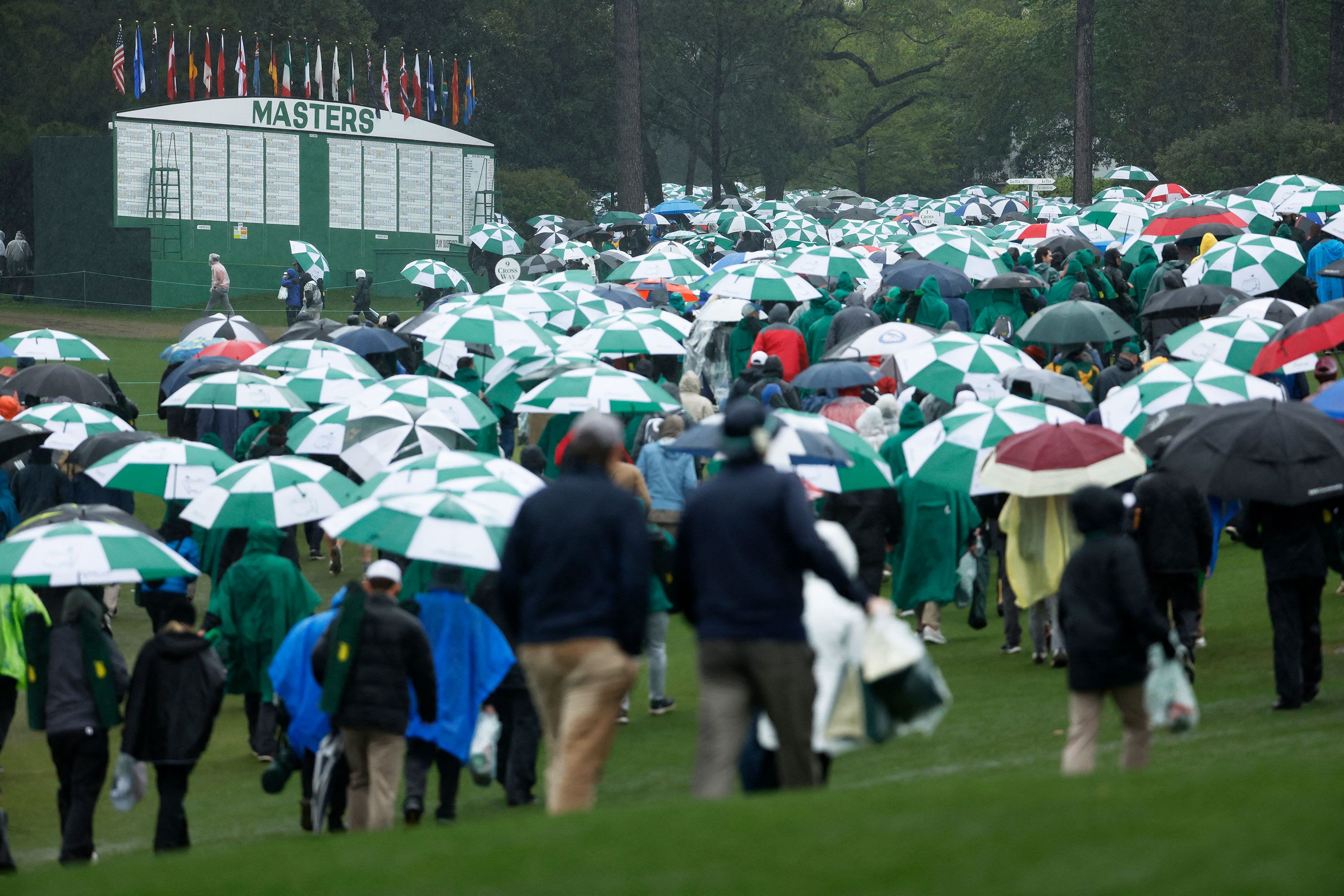
 News1 week ago
News1 week agoDark Skies Ahead: Masters Forecast to Favor Bad Weather Golfers
-

 News1 week ago
News1 week agoLANDSLIDE: Brandel Chamblee Predicts a Runaway Victory for Past Masters Champ
-
News6 days ago
WATCH: Frustrated Ryder Cup Caption has Choice Words for Masters Patrons
-

 Apparel1 week ago
Apparel1 week agoViktor Hovland Joins Team Puma













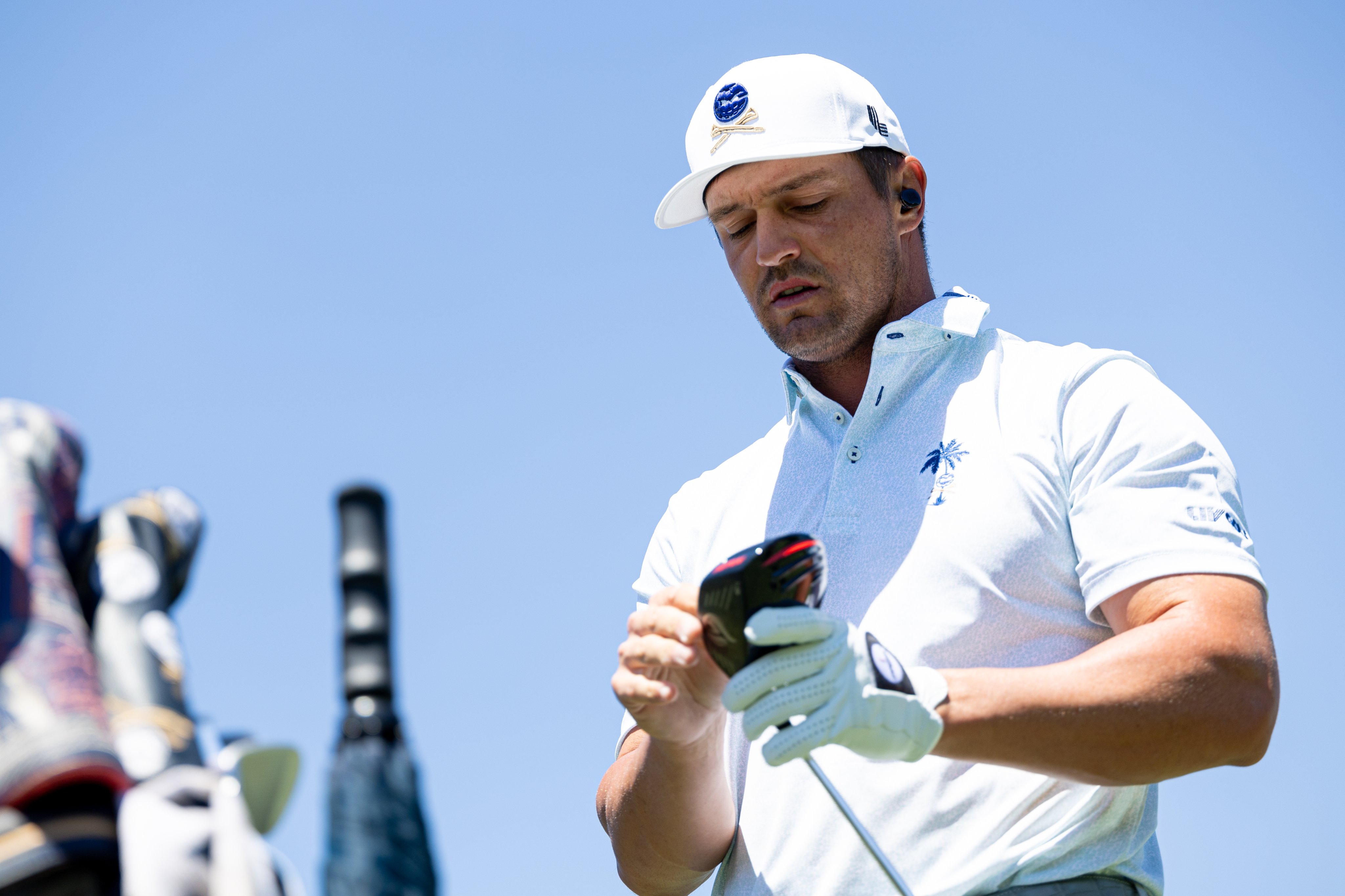
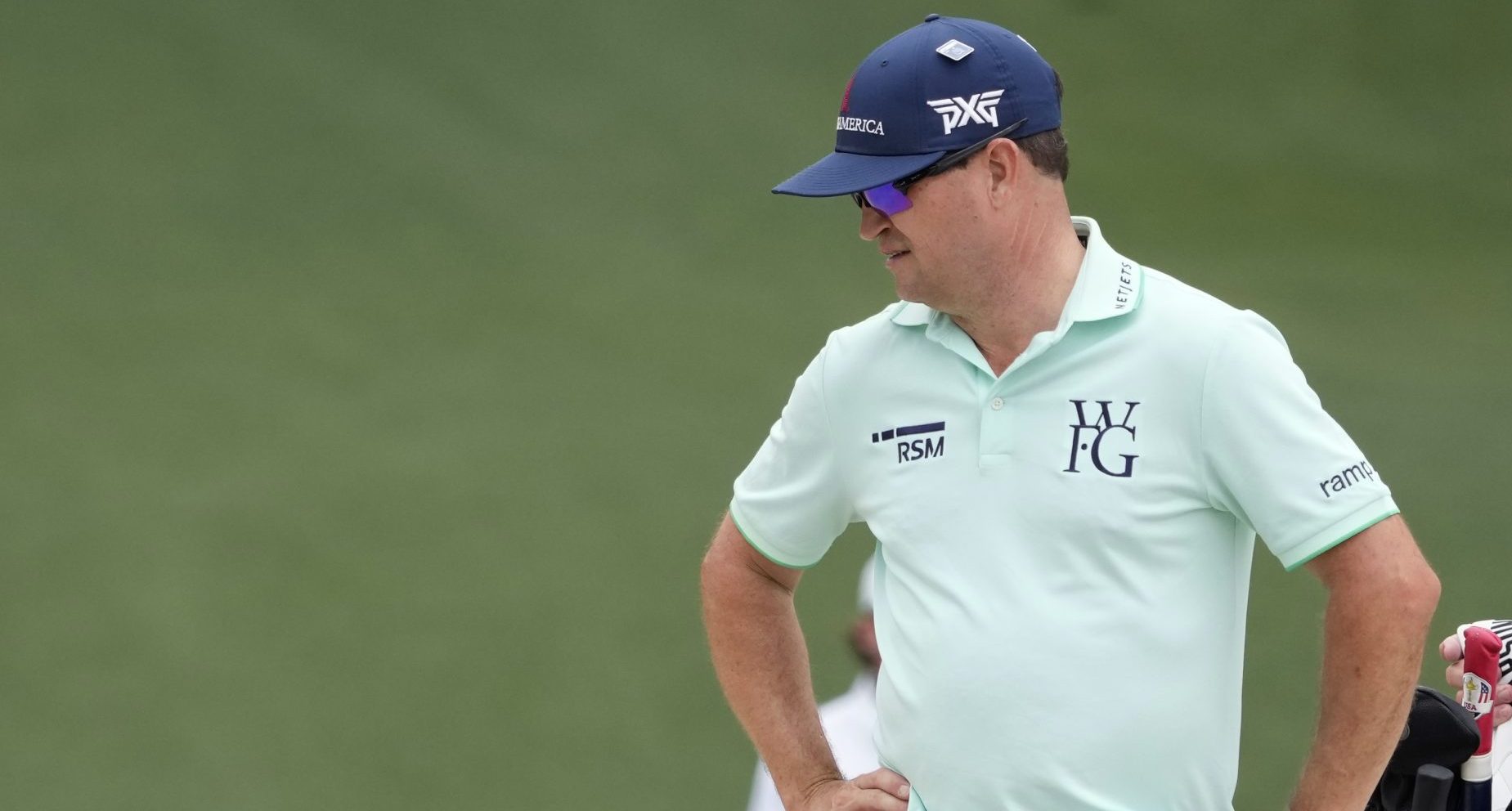
As a new golfer, it was challenging to keep up with some of the terms. This article made it understandable. The illustration made me want to go outside at midnight and hit some balls. Thank you very much.